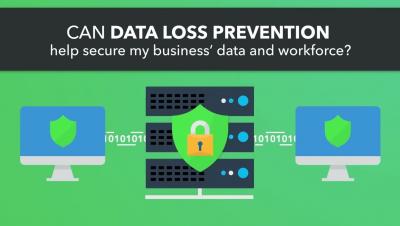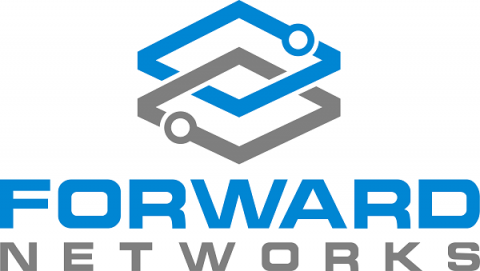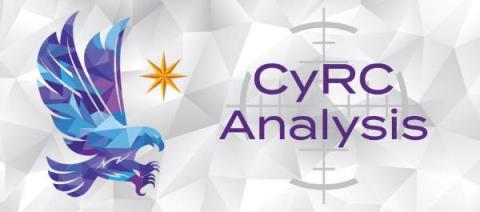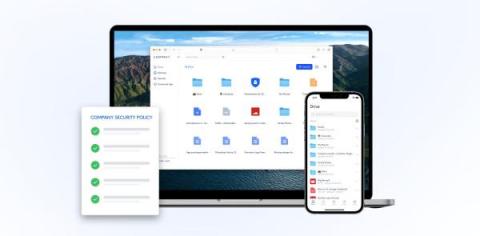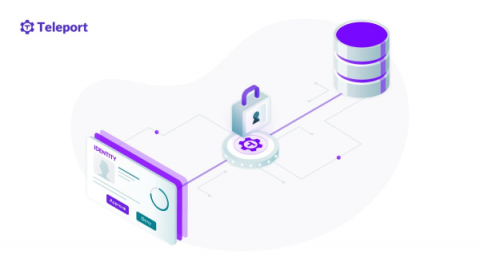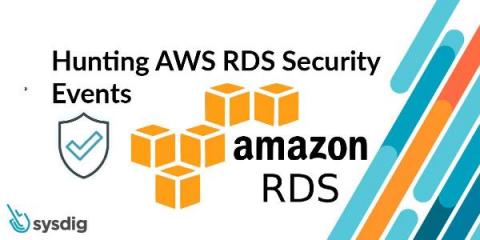Security | Threat Detection | Cyberattacks | DevSecOps | Compliance
Technology
Learn how to automate secure cloud application provisioning
The cloud offers agility and speed for DevOps teams. Being able to spin up environments and create applications in a fraction of the time previously required helps organizations launch new capabilities for customers, employees, and vendors quickly. For most companies, this means reduced time to market and the ability to recognize revenue faster.
CyRC Vulnerability Advisory: Reflected cross-site scripting in Black Duck Hub
The main security challenges when adopting cloud services
The popularity of cloud services has increased exponentially in recent years. The prospects of saving on capital and operational expenditures have been significant driving forces in influencing companies to adopt cloud services. Scalability and elasticity are also key drivers that encourage companies to move to the cloud. However, moving to the cloud comes with a lot of challenges. Security is a big concern for organizations that want to migrate to the cloud.
ONUG Spring 2022 Session: Verify security posture in hybrid multi-cloud environments
7 Important Things to Include in Your Company Security Policy
We live in risky times. Security incidents and data breaches are more common than ever and digital-minded companies usually bear the brunt of it. Organizations are constantly at risk and can be compromised in no time by ransomware, cyberattacks, social engineering, and corporate espionage. But, in truth, the most common way companies are undermined and infiltrated is through the actions of individual members inside of the organization itself.
How to Secure Amazon RDS Access With an Identity-Aware Access Proxy
Databases are sensitive resources that need an additional layer of protection and security. Though database servers have built-in authentication and authorization mechanisms, they are not designed for cloud-based, multi-tenant access mechanisms. Managed databases such as Amazon RDS are accessed and administered by different personas with varying levels of access permissions.
Hunting AWS RDS Security Events with Sysdig
The AWS RDS service itself falls on the AWS side of the Shared Responsibility model, but the day-to-day management of the RDS security instances falls on your side. When it comes to shared responsibility, your obligation depends on the AWS services that you deploy, and also other factors including (but not limited to) the sensitivity of your data, your company’s requirements, and applicable laws and regulations.
Stop Cloud Breaches with CrowdStrike promotional ad
How and why you should secure APIs
APIs are a crucial tool in today’s business environment. Allowing applications to interact and exchange data and services means that companies can provide an ever-greater range of features and functionalities to their clients quickly and easily. So, it is no wonder that a quarter of businesses report that APIs account for at least 10% of their total revenue - a number that will only increase in coming years.


